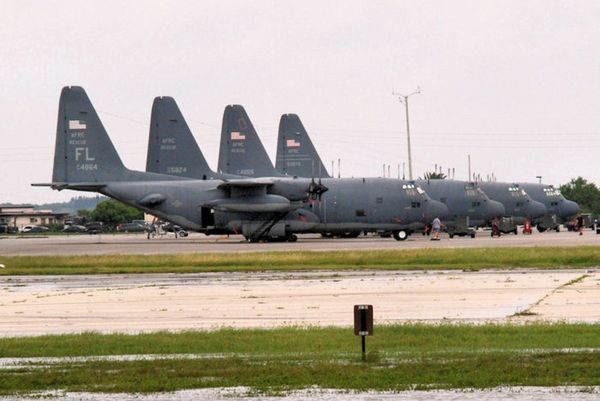Multiple rings of security have been thrown around the Amarnath shrine in Kashmir as 3,488 pilgrims arrived in the Valley on June 30, a day ahead of the 62-day long pilgrimage starting off from the twin bases of Pahalgam and Sonamarg.
J&K Lieutenant Governor flagged off the first batch of pilgrims, who were raising religious chants, from Jammu’s Bhagwati Nagar in a convoy of 164 vehicles. Around 1,491 pilgrims will halt at the Baltal base camp and 1997 at the Pahalgam base camp. They will proceed to the cave shrine, 14,000 feet. The Baltal-shrine route in Sonamarg is a 14-km trek on foot and the Chandanwari-shrine in Pahalgam is a 32-km trek.
“This year’s pilgrimage brings greater significance as we have two ‘Shravan’ months. This extraordinary astronomical event is taking place after 19 years,” Mahant Deependra Giri, the custodian of the “Chhari Mubarak” or the holy mace of Lord Shiva said.
Also read: Web-enabled modules to track health issues of Amarnath Yatris
The Army, the J&K police and the CRPF have chalked out coordinated security rings in the wake of security threats.
Sources said a strict vigil will be maintained on the Jammu-Srinagar National Highway, “where vulnerable points exist”. Motor vehicle checkpoints will increase the frequency of patrols on the highways and maintain night domination too, official sources said. Dones will be deployed by the J&K police too to maintain a round-the-clock monitoring.
The officers need to increase surveillance and gather intelligence inputs about any possible militant threats, Additional Director General of Police Vijay Kumar instructed the security agencies recently.
The Army is deploying anti-drone equipment at yatra camps in south and central Kashmir.
Director General, CRPF, Dr. S. L. Thaosen took stock of the yatra preparations on June 29. He finalised the contingency drills in case of any eventualities “of any unforeseen circumstances”.
In the wake of cloud burst and flash floods witnessed during yatra last year, the CRPF has put in place comprehensive disaster management protocols “for swift and timely response”.
“There is a need for exemplary multiagency coordination. The success of this monumental event hinges upon our collective commitment and unparalleled coordination,” DG Thaosen said.
Radio frequency identification (RFID) tags have been provided to pilgrims for their tracking. Around 3.04 lakh pilgrims have registered with the board so far. The Border Roads Organisation is for the first time maintaining the routes to the shrine. The yatra tracks on both the routes have been widened and hand railings installed this year. The tracks have also been illuminated for night walks too, officials said.
The Defence Research and Development Organisation (DRDO) has set up 100-bed base hospitals at Baltal and Chandanwari. These hospitals are equipped with the most advanced equipment, ICU wards, oxygenated wards and triage areas, officials said.







